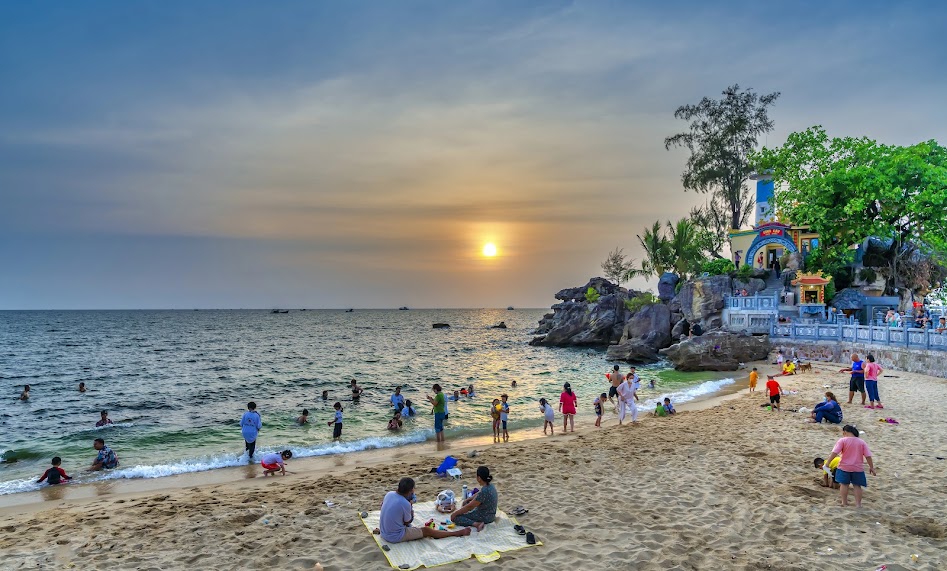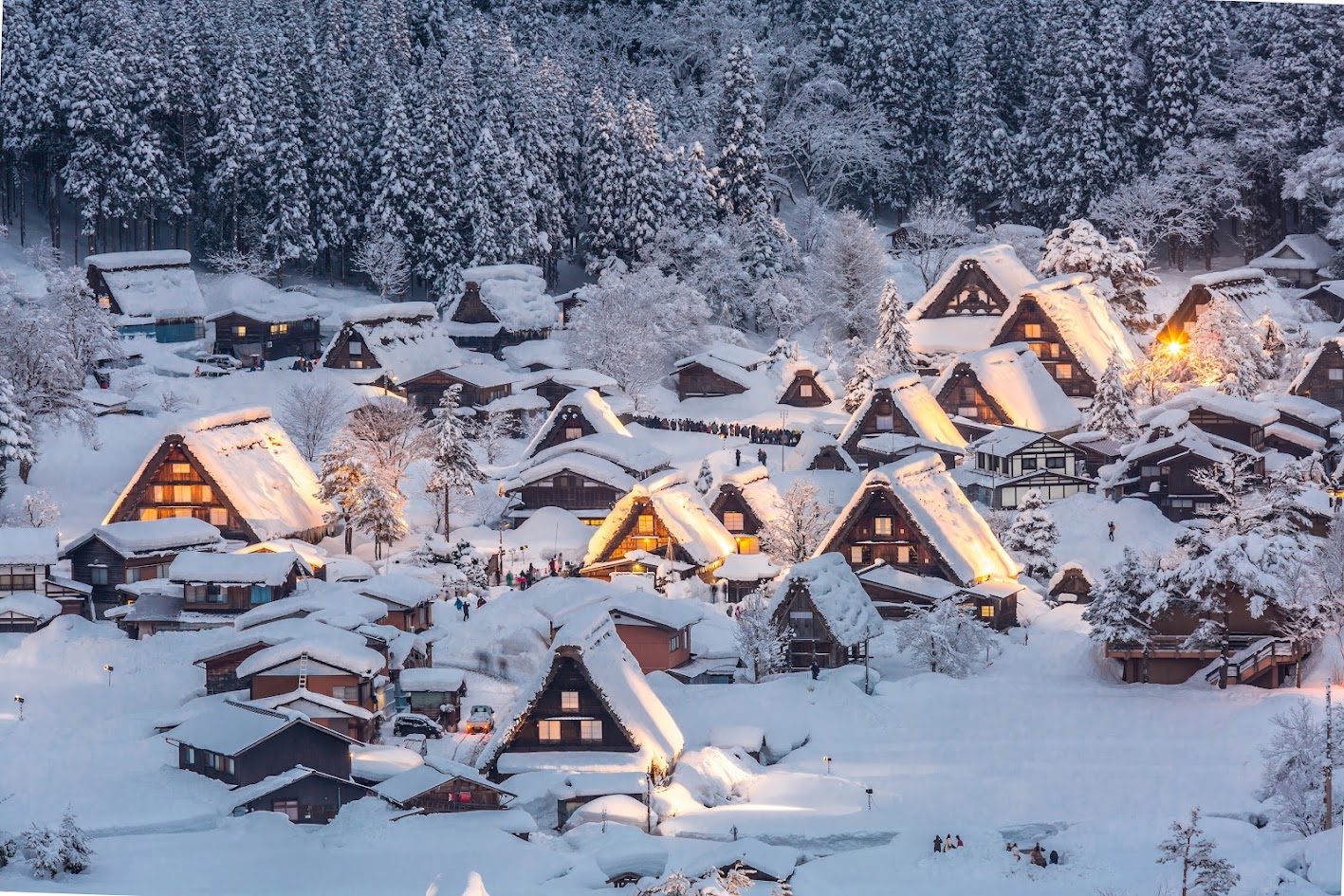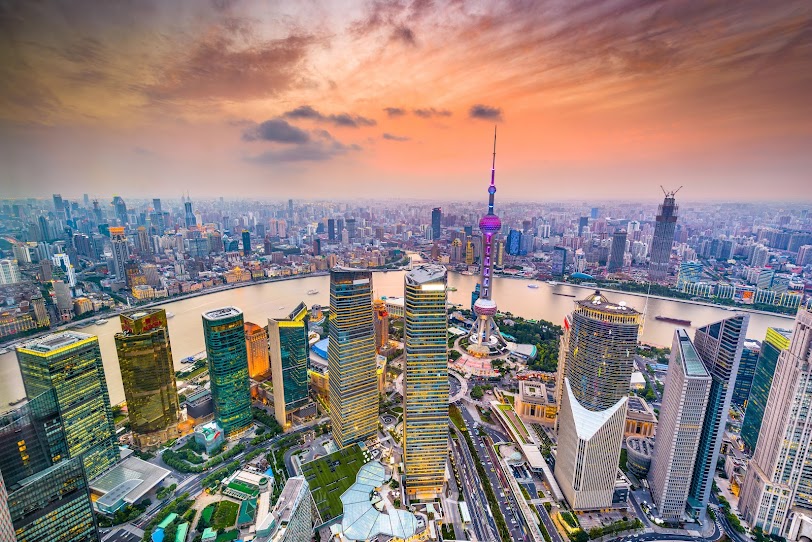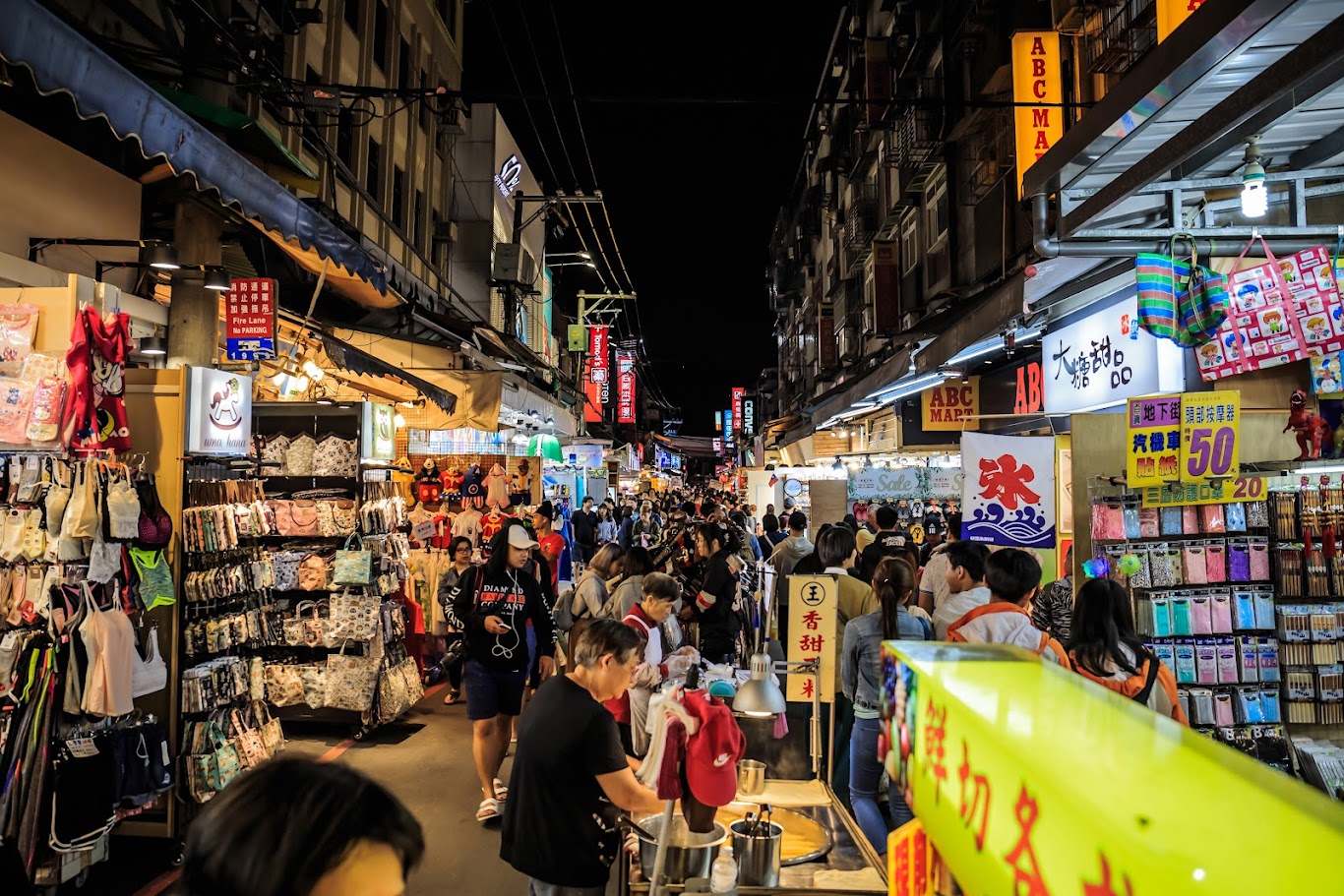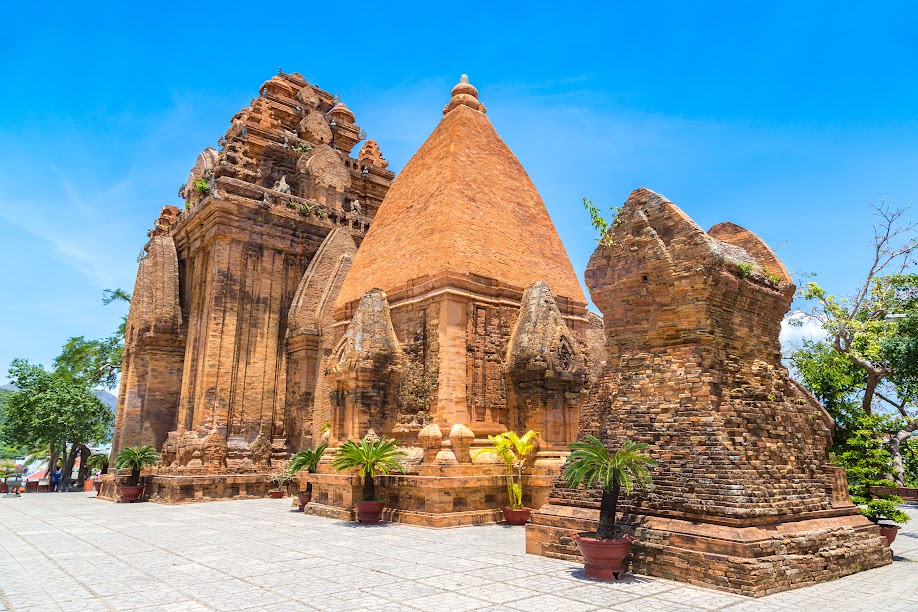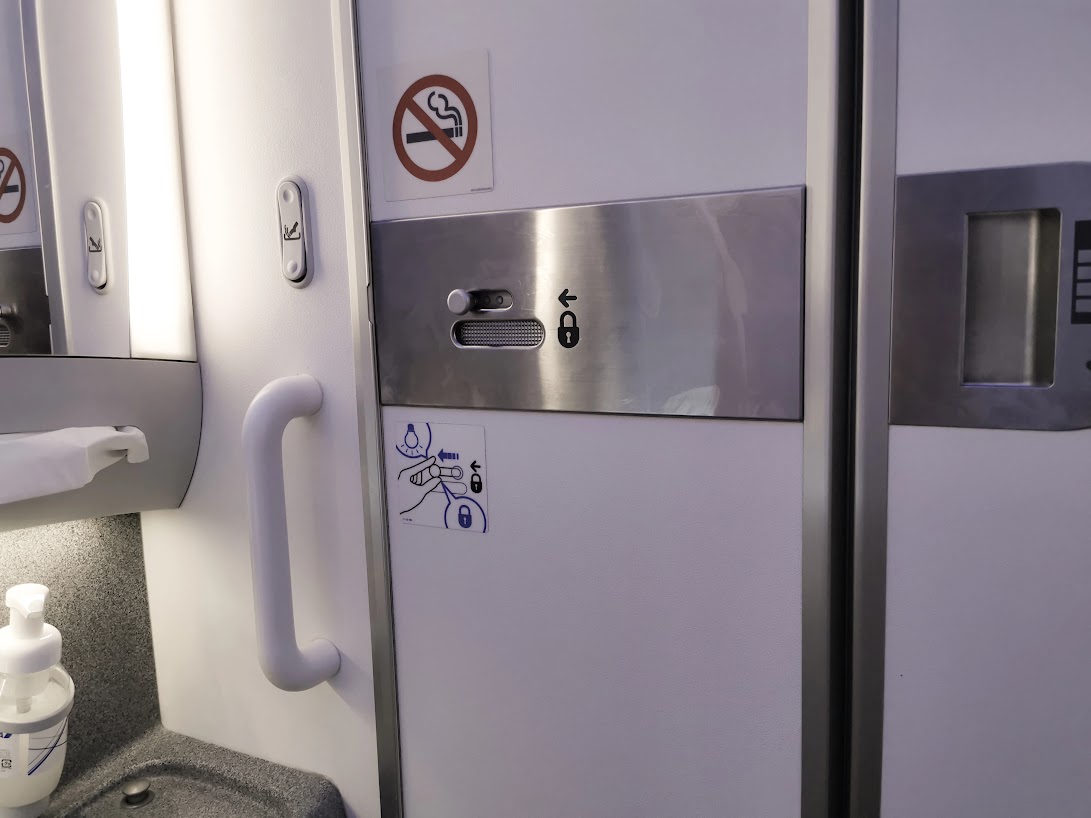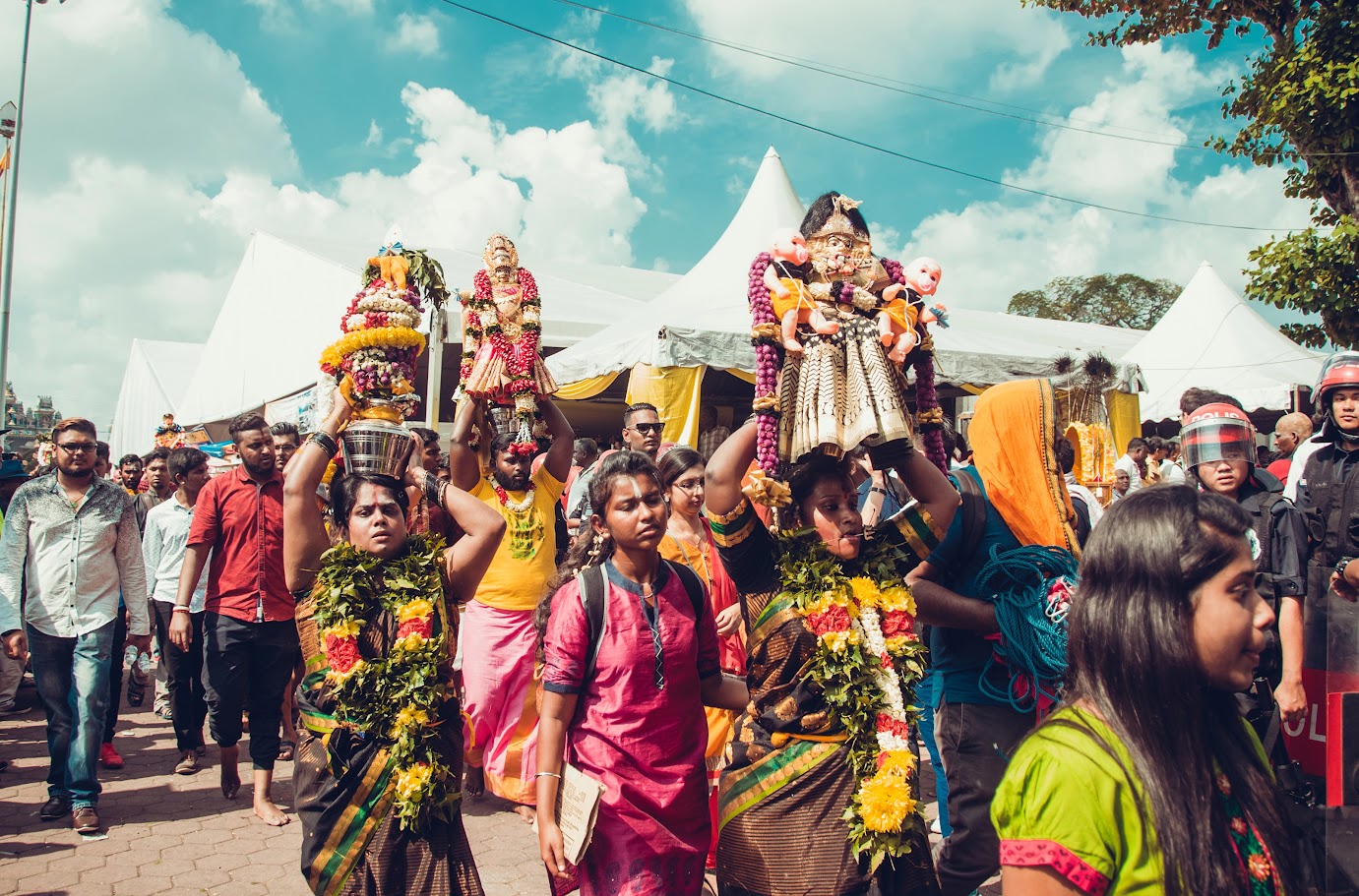
- E-Visa
- SkyJoy
- My booking
- Online Check-in
- E-Menu
- Flight extras
- Financial services
Departure date

Return Date
Tokyo Narita International Airport: Address, Images, and Notes
Tokyo Narita International Airport is one of the busiest airports in Japan and is situated near the capital, Tokyo. To help first-time visitors navigate the airport, Vietjet provides essential information about Narita Airport in the following article. Let's dive in!
1. Does Tokyo have an airport?
Flights to Tokyo land at 2 airports: Haneda Airport and Tokyo Narita Airport. Among them, Narita Airport is located outside Tokyo and is one of the largest-capacity airports in Japan.
2. Introduction to Narita Airport
Narita Airport is situated to the east of Tokyo, serving as a crucial transportation hub connecting Japan with countries in Asia and the Americas.
Full name: Tokyo Narita International Airport
Address: Narita, Chiba, Japan.
Airport code (IATA): NRT
Country code: +81
Phone: +81 476 34 8000
Terminals: 3
GMT: +9
Besides Haneda Airport, passengers arriving in Tokyo can also land at Narita Airport in Chiba, Japan.
3. Formation and Development of Narita International Airport
Narita Airport has witnessed significant milestones in its formation and development:
-
In 1966, the airport construction began in a village in Chiba Prefecture.
-
By 1978, Phase 1 of the airport construction was completed, with one of the three runways becoming operational.
-
In November 1986, Phase 2 construction was finished. Additional passenger terminals and a runway were completed in 1992 and 2002.
-
In 2004, the airport was officially renamed Tokyo International Airport, and the Tokyo Narita International Airport Corporation took over.
-
In 2009, Runway B was extended by 2500m to accommodate large aircraft and increase the annual service frequency to 200,000 flights.
-
Future investments are planned to enhance capacity to serve from 300,000 to 450,000 flights per year.
4. What flights does Narita Airport have?
Narita Airport operates both domestic and international flights to meet the travel needs of passengers within and outside Japan.
4.1. Domestic Flights
Presently, Narita Airport operates domestic flights, providing convenient travel to various provinces and cities in Japan, including Osaka, Miyazaki, Manila, and more.
4.2. International Flights
In addition to domestic flights, Narita Airport is designed for international flights. Vietjet operates the following routes:
-
Narita (NRT) - Ho Chi Minh City (SGN)
-
Narita (NRT) - Hanoi (HAN)
-
Narita (NRT) - Da Nang (DAD)
-
Narita (NRT) - Nha Trang (CXR)
-
Narita (NRT) - Phu Quoc (PQC)
-
Narita (NRT) - Ahmedabad (AMD)
-
Narita (NRT) - Bali (DPS)
-
Narita (NRT) - Bangalore (BLR)
-
Narita (NRT) - Brisbane (BNE)
-
Narita (NRT) - Hyderabad (HYD)
-
Narita (NRT) - Jakarta (CGK)
-
Narita (NRT) - Kochi (COK)
-
Narita (NRT) - Melbourne (MEL)
-
Narita (NRT) - Mumbai (BOM)
-
Narita (NRT) - New Delhi (DEL)
-
Narita (NRT) - Sydney (SYD)
-
Narita (NRT) - Siem Reap (REP)
-
Narita (NRT) - Yangon (RGN)
The Vietjet team is honored to accompany passengers, offering fast, safe, and fully-equipped international flights from Narita Airport.
5. Overview of Narita Airport, Chiba
Explore the panorama of Narita Airport, including the runway area, the number of floors, and the amenities at the terminals:
5.1. Scale, Runway Area
Narita Airport has two runways, the first and second, paved with solid asphalt, with dimensions of 4,000mx60m and 2,500mx60m, respectively. The runway systems are equipped with modern facilities to serve continuous operations 24/24.
5.2. Number of Floors
Tokyo Narita International Airport has 3 passenger terminals, detailed as follows:
-
Terminal 1 has a basement area with access to JR and Keisei train stations, along with 4 floors including:
-
-
Floor 1: Passenger baggage claim and customs completion area.
-
Floor 2: Passenger area for completing immigration procedures.
-
Floor 3: Area for controlling international flights.
-
Floor 4: Registration area, also hosting shops and restaurants.
-
-
Terminal 2 connects to JR and Keisei train stations and consists of 3 floors:
-
-
Floor 1: Customs and baggage claim area.
-
Floor 2: Area for controlling immigration for international arrivals.
-
Floor 3: Area for completing immigration, security checks, and customs.
-
-
Terminal 3 includes a main 4-floor building and a satellite building. The main building's floors are as follows:
-
-
Floors 1 and 2: Processing area for passengers on domestic and international flights.
-
Floor 3: Departure area for international flights, also housing shops and restaurants.
-
Floor 4: Area with a connecting bridge between the main and satellite buildings.
-
5.3. Amenities and Services at the Terminals
At Narita Airport, passengers can experience various services, including:
-
Baggage storage service at Terminal 1 (Floors 1 or 4) and Terminal 2 (Floors 1 or 3) operating from 7 am to 11 pm.
-
Currency exchange service at Terminal 1 (Floors 1 and 4) operating from 7 am to 8 pm.
-
Dining services at Terminal 1 and Terminal 2.
-
Other services such as internet access, luggage and shoe repair, free charging services, etc.
Narita Airport terminals provide a full range of dining, shopping, and other facilities to meet the needs of passengers.
6. Transportation from Narita Airport to Hotels and Attractions
Currently, Narita Airport offers various transportation options to hotels and attractions:
6.1. Airport Shuttle Bus
Narita Airport provides Tokyo Shuttle and The Access Narita bus services with a travel time of 90-120 minutes. Bus ticket prices are around 1,200 JPY (~202,000 VND) for adults and 600 JPY (~101,000 VND) for children. Buses can be boarded at designated stops on the 1st floor of each terminal.
6.2. Taxi
Taxis are a convenient mode of transportation, especially for passengers with substantial luggage
|
Khu vực |
Điểm đến |
Cước phí |
|
A |
Edogawa-ku, Katsushika-ku, Adachi-ku |
19.500 JPY (~ 3.274.000 VNĐ) |
|
B |
Koto-ku, Sumida-ku, Minato-ku Daiba, Shinagawa-ku Higashi Yashio |
23.500 JPY (~ 3.945.000 VNĐ) |
|
C |
Chuo-ku, Chiyoda-ku, Taito-ku, Bunkyo-ku và Arakawa-ku |
24.500 JPY (~ 4.113.000 VNĐ |
|
D |
Shinjuku-ku, Toshima-ku, Nakano-ku, Shibuya-ku, Meguro-ku, Minato-ku (không bao gồm Daiba), Shinagawa-ku (không bao gồm Higashiyashio) và Ota-ku |
26.500 JPY (~ 4.449.000 VNĐ) |
|
E |
Itabashi-ku, Kita-ku và Nerima-ku |
28.500 JPY (~ 4.785.000 VNĐ) |
|
F |
Setagaya-ku, Suginami-ku, Mitaka-shi và Musashino-shi |
30.000 JPY (~ 5.037.000 VNĐ) |
Taxi stands are available at Terminal 1 (Stand 15), Terminal 2 (Stands 30 and 31-A), and Terminal 3 (Stand 1).
6.3. Limousine Bus
This mode of transportation is suitable for groups of 4 or more passengers with multiple pieces of luggage. The bus journey takes 90-120 minutes.
|
Lộ trình di chuyển |
Cước phí tham khảo |
Thời gian và tần suất hoạt động |
|
Sân bay Narita (nhà ga số 1) - Ga Tokyo |
Người lớn: 2.800 JPY (~ 470.000 VNĐ) Trẻ em: 1.400 JPY/ trẻ em (~ 235.000 VNĐ) |
|
|
Sân bay Narita (nhà ga số 1) - Công viên Hyatt Tokyo |
Người lớn: 3.200 JPY/ (~ 538.000 VNĐ) Trẻ em: 1.600 JPY/ (~ 269.000 VNĐ) |
|
|
Sân bay Narita (nhà ga số 2) - Khách sạn Hilton Tokyo |
Người lớn: 3.200 JPY (~ 538.000 VNĐ) Trẻ em: 1.600 JPY (~ 269.000 VNĐ) |
|
|
Sân bay Narita - Tháp Tokyo |
Người lớn: 3.200 JPY (~ 538.000 VNĐ) Trẻ em: 1.600 JPY (~ 269.000 VNĐ) |
|
6.4. Keisei Skyline Train
To purchase Keisei Skyline train tickets, go to the B1 basement floor of Terminal 1, find the "Keisei Main Line and Narita SKY ACCESS Line Ticket Gate," or ticket counters labeled "JR Line Ticket Gate." The train departs from the B1 floor of Terminals 1 and 2 and takes approximately 50 minutes, with a ticket price of about 2,630 JPY (~442,000 VND).
The following is route information and travel time of the Keisei Skyline train:
-
Stops: Nippori and Keisei Ueno
-
Operating hours: 7:30 a.m. - 11:15 p.m.
-
Operating frequency: 30 minutes/trip.
The Keisei Skyline train is a quick and convenient mode of transportation chosen by many travelers from Narita Airport.
6.5. Keisei Main Line Train
Passengers can purchase Keisei train tickets on the B1 basement floor and proceed to the designated area at Terminal 1 labeled "Keisei Main Line and Narita SKY ACCESS Line Ticket Gate" or counters labeled "JR Line Ticket Gate." The train journey takes about 90 minutes, with a ticket price of around 1,320 JPY (~222,000 VND). Stops include Shin-Kamagaya, Higashi-Matsudo, Keisei, Aotoe, Nippori, and Keisei Ueno.
You can refer to the route information and travel time of the Keisei Main Line train:
-
Stops: Shin-Kamagaya, Higashi-Matsudo, Keisei, Aotoe, Nippori and Keisei Ueno
-
Operating hours: 5:40 a.m. - 11:00 p.m.
-
Operating frequency: 30 minutes/trip.
6.6. JR Narita Express (Express Train)
This popular mode of transportation has a travel time of approximately 50 minutes and a ticket price of about 3,020 JPY (~508,000 VND). The JR Narita Express stops at various locations, including Narita Airport, Chiba, Funabashi Asakusabashi, Akihabara, Ueno, Nippori, Omiya, Ikebukuro, Shinjuku, Shibuya, Gotanda, Shinagawa, Yokohama, Hamamatsu-cho, Shinbashi, and Tokyo.
7. Distance from Narita Airport to Famous Tourist Destinations
From Narita Airport, you can reach various famous tourist destinations:
7.1. From Narita Airport to Naritasan Shinsho-ji Temple
Naritasan Shinsho-ji Temple is approximately 600m from Narita Airport. The temple, with a history of 1000 years, is renowned for its sacred atmosphere and outstanding pagoda architecture. Visitors can participate in the Goma fire ritual to pray for peace, good luck, and blessings for themselves and their families.
7.2. From Narita Airport to Tokyo City
The distance from Narita Airport to Tokyo City is around 60km. Tokyo, the capital of Japan, is a captivating destination with attractions like Sensoji Temple, Akihabara electronic town, Edo Tokyo Museum, and more.
7.3. From Narita Airport to Sawara Town
Sawara Town is about 30km from Narita Airport. Exploring Sawara by boat allows you to admire the tranquil Ono River flowing through the town, surrounded by picturesque natural scenery.
Walking along the gently flowing Ono River, you will have the opportunity to fully admire the beauty of Sawara town.
Hopefully the above useful information about Narita Airport can help you have a smooth and meaningful trip. In addition, to save money on your trip, don't forget to hunt for good air tickets 1-2 months before departure. Vietjet is currently operating many flights to Narita airport, Japan with good prices, flexible flight schedules and many special incentives. Quickly book flight tickets at Vietjet website https://www.vietjetair.com/vi/ve-may-bay/ve-may-bay-di-tokyo-narita/ or follow Vietjet at:
-
Instagram: https://instagram.com/vietjet






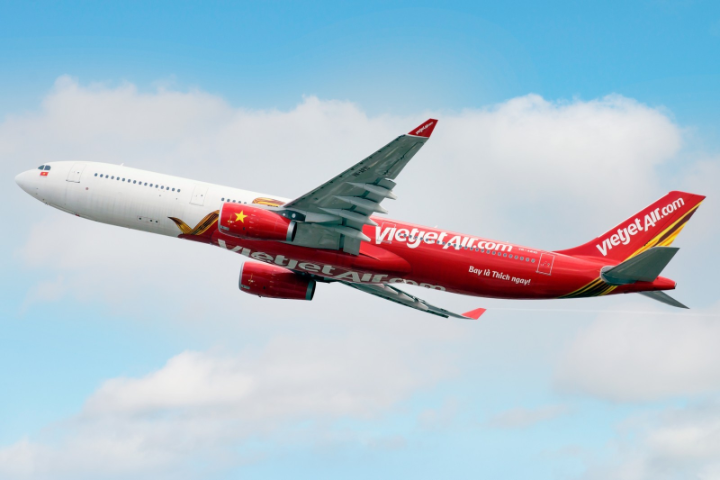
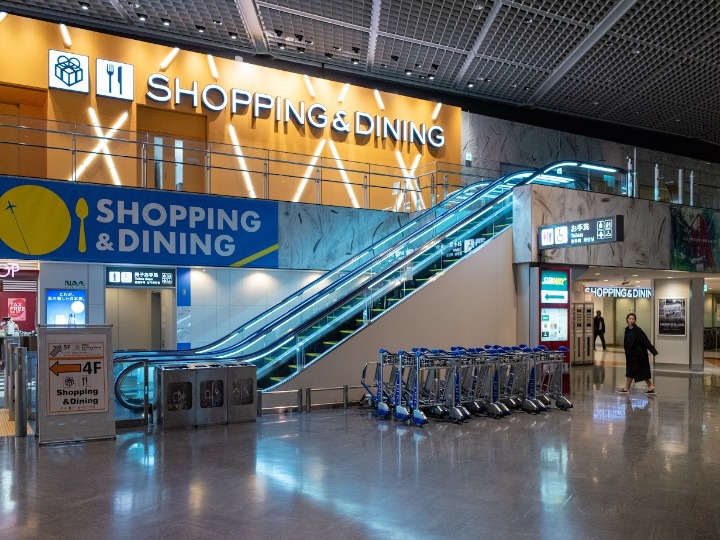




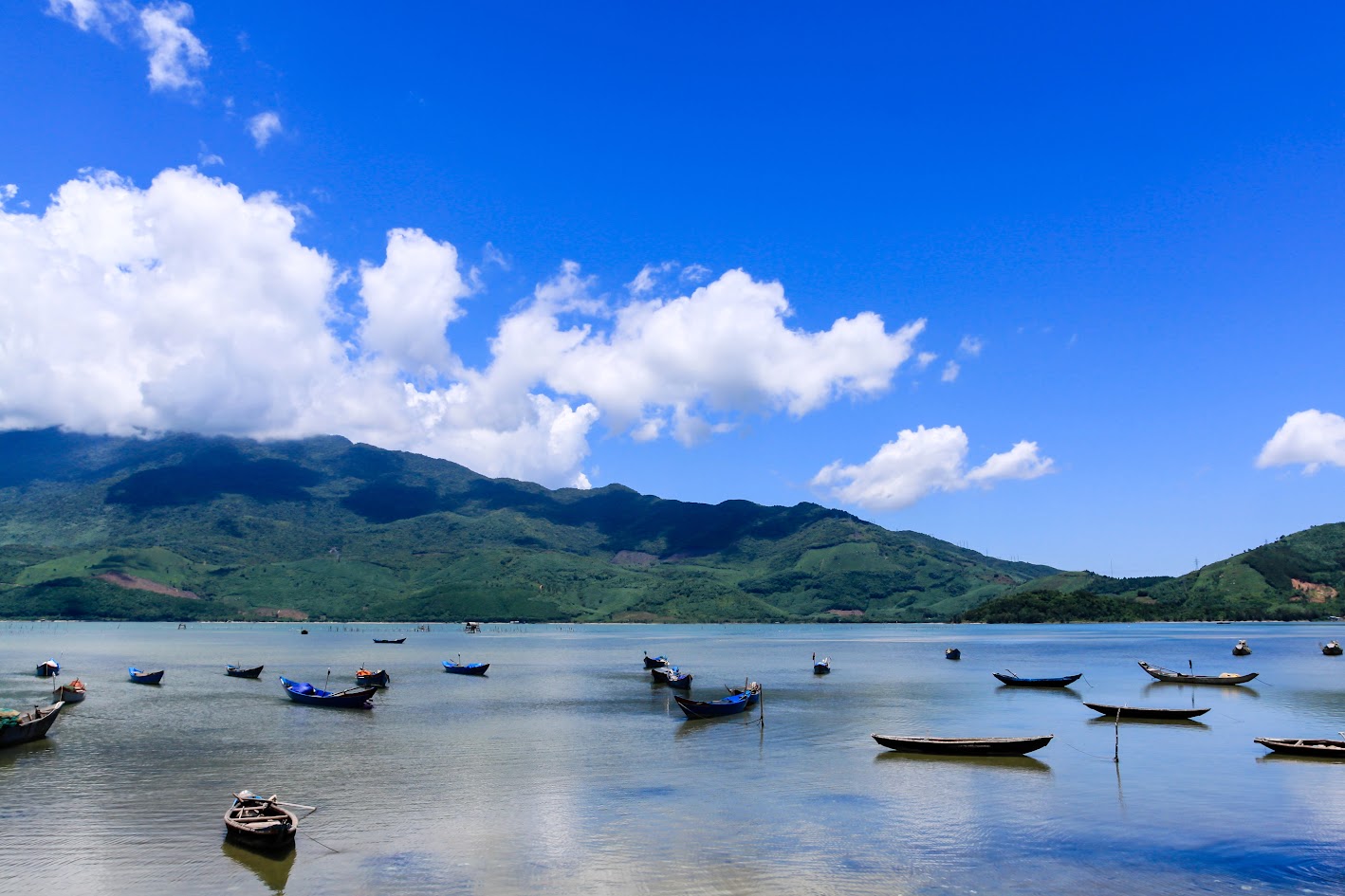

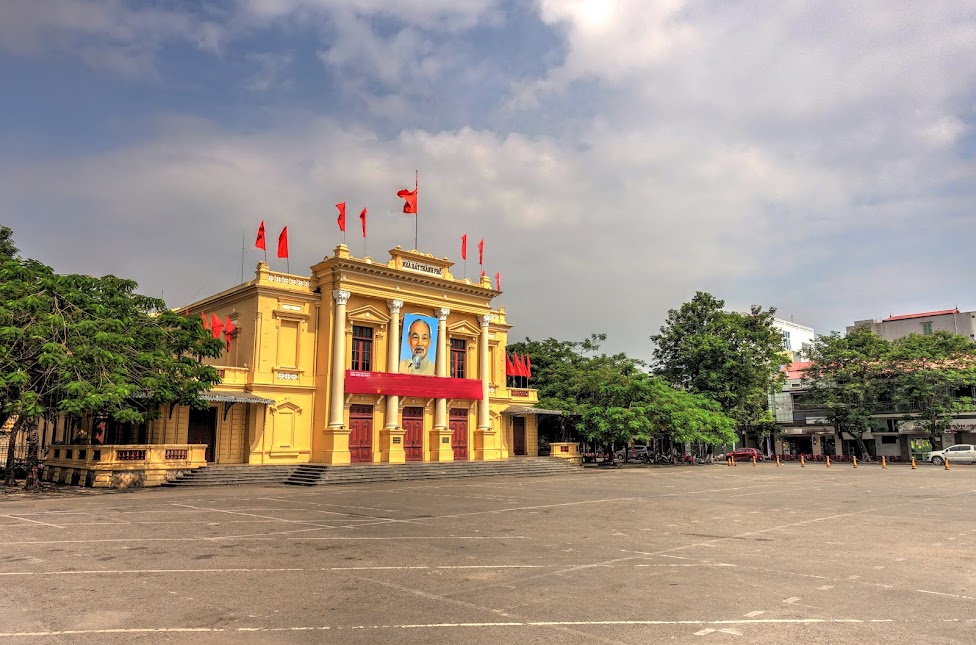
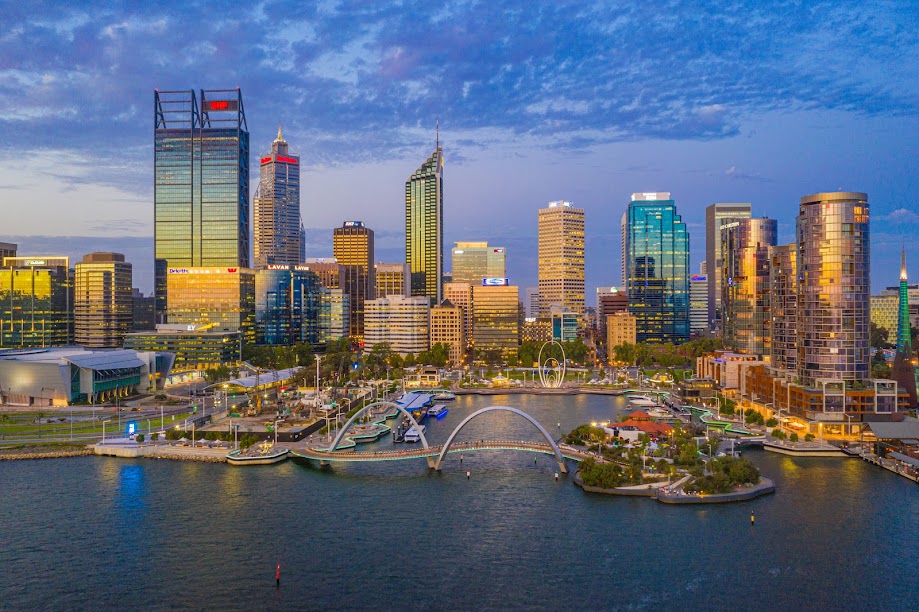














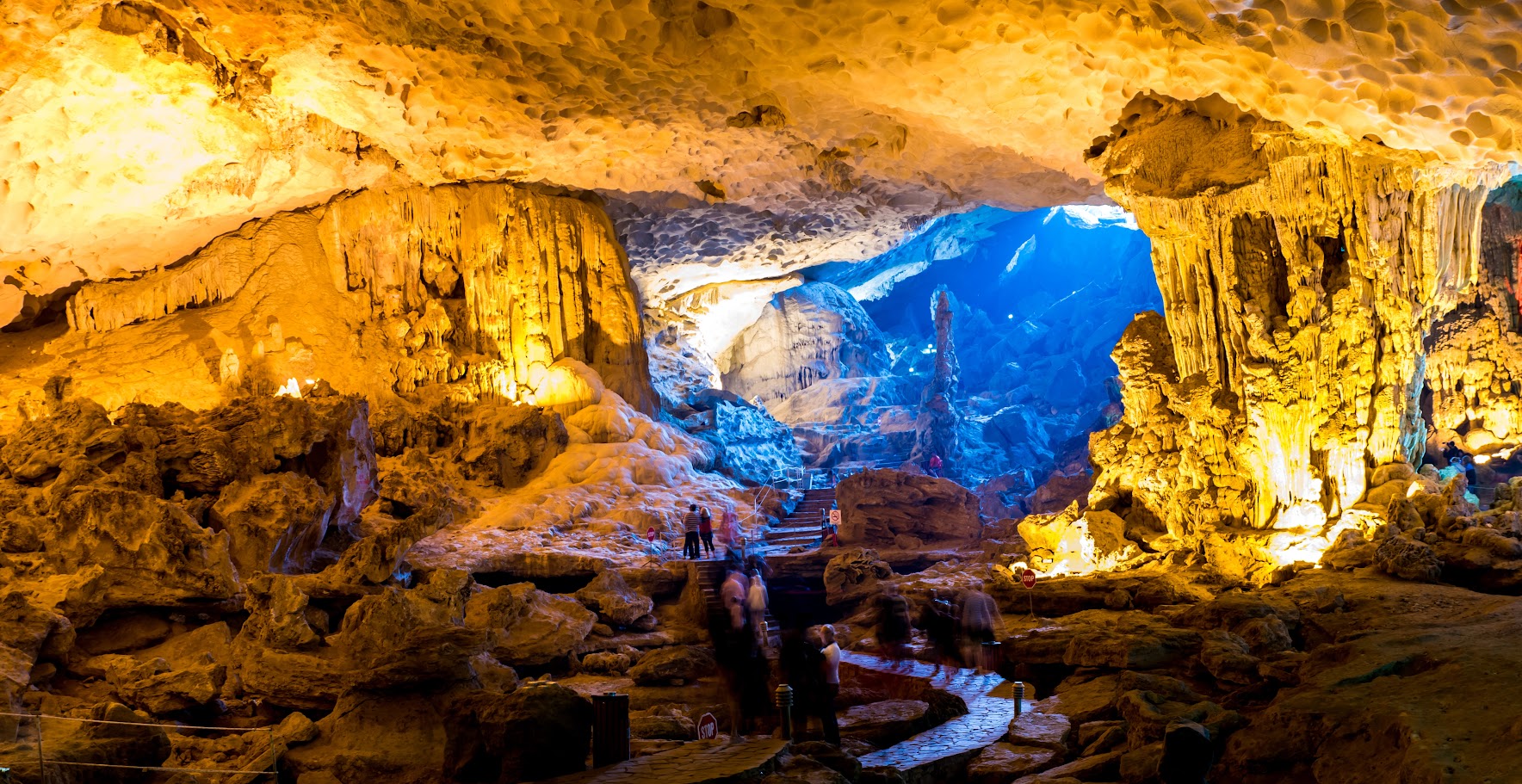


















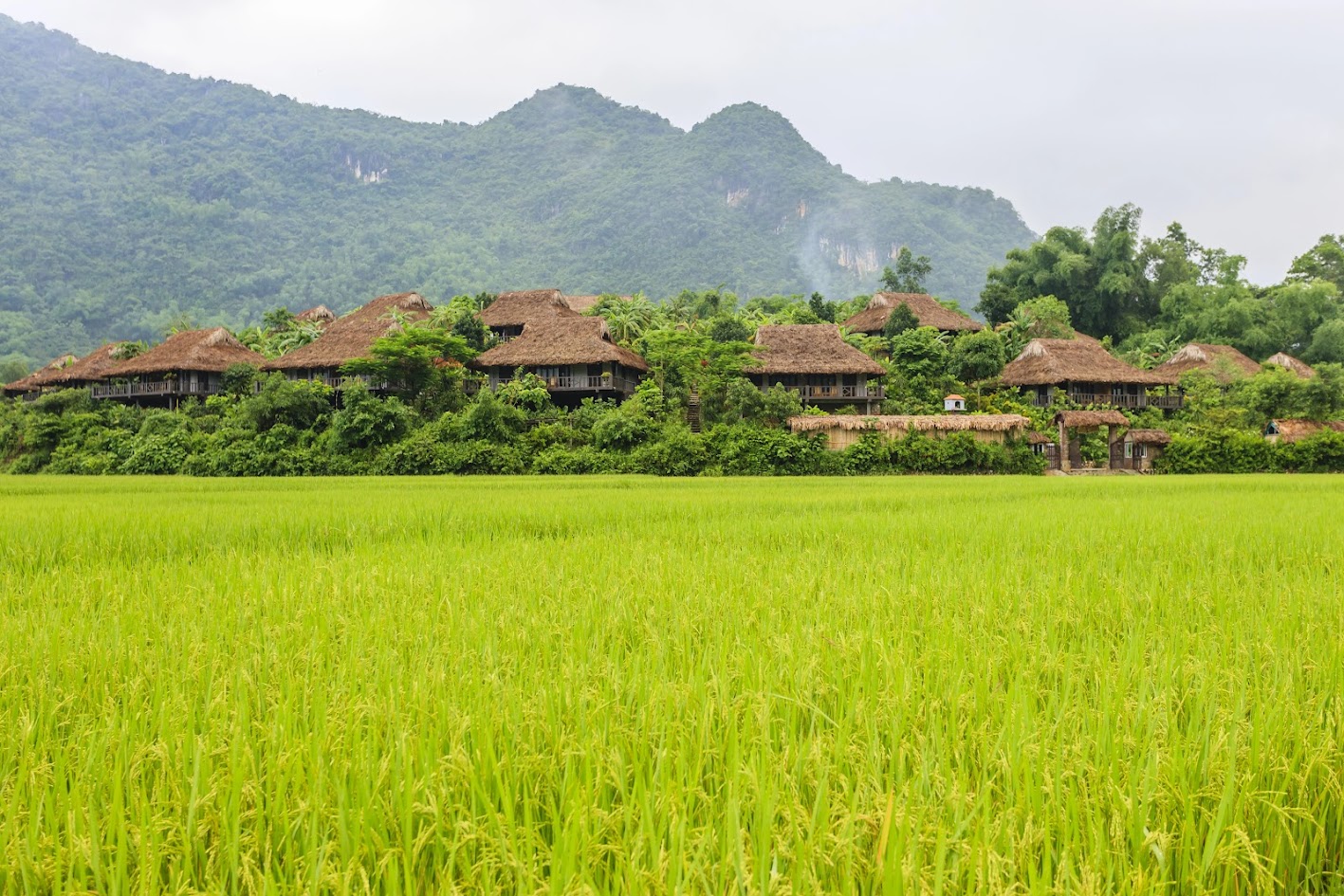






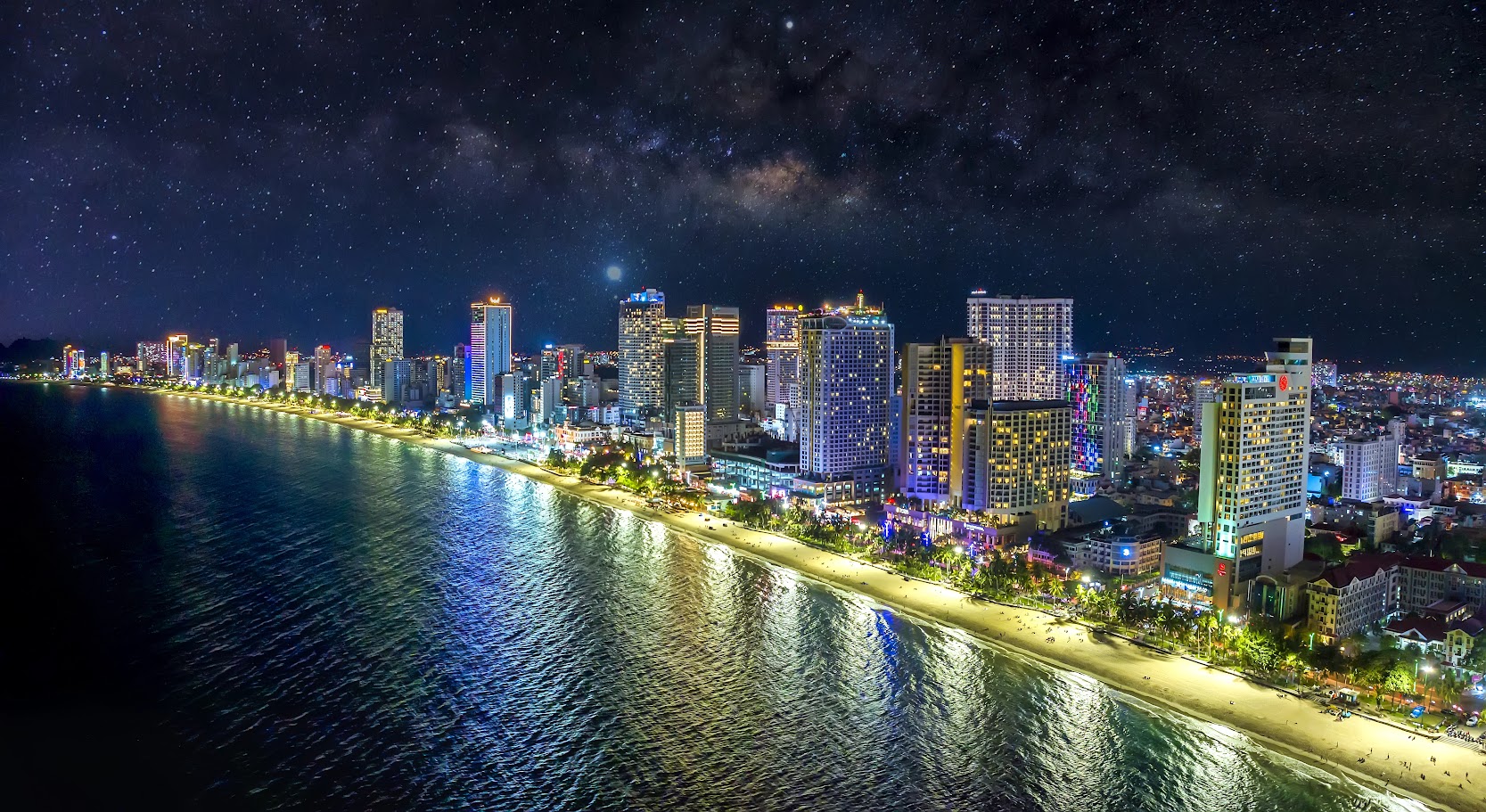


























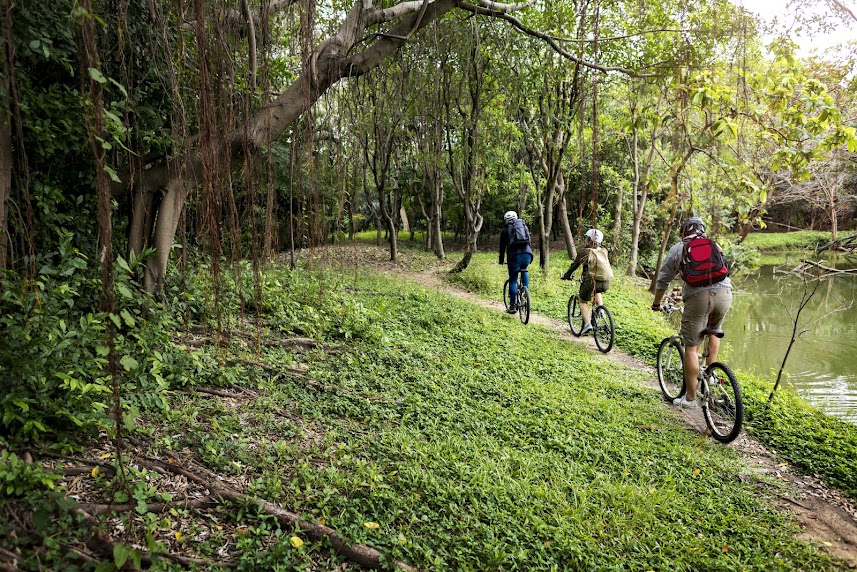



















































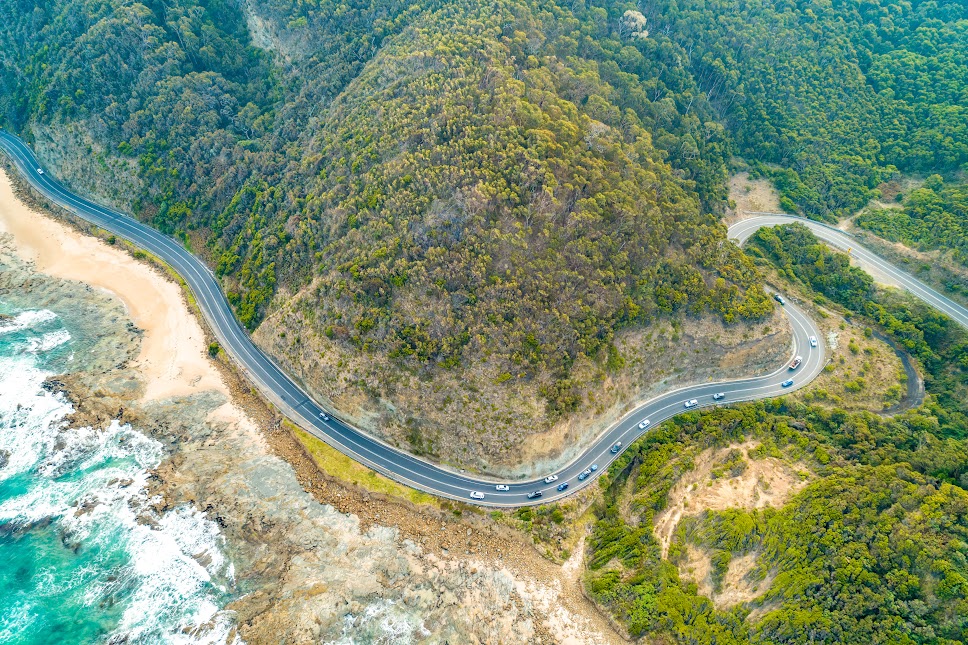


































![[FAQ] What is the Best Time to Travel to South Korea?](https://vj-prod-website-cms.s3.ap-southeast-1.amazonaws.com/shutterstock533705653supersize-1696644100090.jpg)








